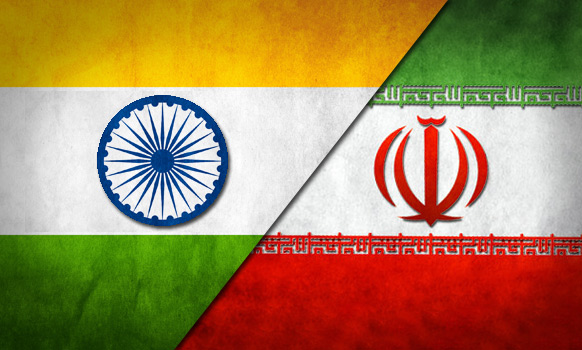Last year Prime Minister Narendra Modi on his visit to Iran signed a pact to develop the strategic Chabahar port. The port is located in the southeastern Iran in the Gulf of Oman and is the only Iranian port with direct access to ocean. According to the deal India would develop and operate the Chabahar port.
India Ports Global, a port project investment arm of the shipping ministry and a consortium of the Jawaharlal Nehru Port Trust and the Kandla port, would invest $85 million in developing two container berths with a length of 640 meters and three multi-cargo berths. In the first two years India does not have to guarantee any cargo for the port. From third year onwards India would facilitate 30,000 TEUs (Twenty Foot Equivalent) of cargo at the port which would be raised to rise to 2, 50,000 TEUs by the 10th year. The estimated time for Phase 1 of the port construction was 18 months.
Not only this the IRCON International is to set up railway track that would connect Iran to Afghanistan giving India connectivity bypassing Pakistan which does not allow India to transfer goods directly to Afghanistan.
Chabahar port is India’s gateway to connect with Russia. As Iran and India are both signatories of International-South Transport corridor along with Russia this pact would give India gateway to connect with Russia and other European nations through rail and road connectivity.
The main objective of the corridor is to increase trade connectivity between major cities of the Asian countries that are landlocked.
However, India’s plan seemed to have hit a roadblock because eight months have passed since India inked the pact but no actual work began to bring the the deal to its actual terms. According to the terms of the deal, India has to make $150 million credit available for the development of the port within four months after receiving application from Port and maritime organization of Iran. The Export-Import bank of India still has not got the application from Iranian authorities because of which no work has begun. Experts believe the worsening Iran-US relations have given Iranians cold feet.
The Chabahar pact was made at the time when nuclear deal saw the light between P5 + 1 (the UN Security Council’s five permanent members China, France, Russia, UK and US plus Germany) and Iran last year. Trump’s anti-Iranian stance and recent sanctions on the middle-east Shia majority country have exacerbated the situation.
In February, this year United States put sanctions on Iran alleging that the missile tests violated the nuclear deal. Iran retorted that the tests did not involve rockets with nuclear warhead and hence no part of the historic deal was violated. In retaliation Iran vowed to put sanctions on American businesses and citizens. There is an old adage ‘When two people fight over something, it’s the third who takes it all’, same is the case with geo-politics, heeding to the situation the Chinese rushed to gain upper hand.
It’s important to note that the Chabahar port is located in the Gulf of Oman near Pakistan’s border. It is less than 100 km away from Gwadar port which is developed by China. It a part of China’s plan to connect the energy rich gulf countries with the western China. The Chabahar project if completed would possess significant challenge to the Chinese hegemony in the region, which the dragon would never want even in dreams. The changing global politics have altered the power play drastically and the Iranians don’t want to displease their Chinese counterpart which is the reason of the delay.
India must make its case clear to the Trump administration and persuade Americans not to undertake any activities which would hamper India’s interest. Keeping all differences aside the White House must listen and ponder with open mind. China possesses threat not only to India but also to American interests in the South China Sea where it claims most of the waters through which about $5 trillion in ship-borne trade passes every year.
Last October US patrol ships in the area were termed illegal and provocative by Chinese government. Its neighbors Malaysia, Philippines, Taiwan and Vietnam also have claim on the maritime area which China categorically denies. The communist state is the biggest challenge US is facing as a superpower. No country that exists today has come as close to the United States as the dragon that has the capability to catch Uncle Sam’s collar. The last known competitor was USSR which lost the race and ceased to exist after 1991.China is better governed than Soviet Union and is one of the fastest growing world economies. There is no doubt the ‘dragon’ is getting powerful as the time pass by.
Unlike USA it is not involved in any conflicts across the world that is consuming its resources. The power China gains will earn it a regional fear and a reluctant respect which is detrimental to the ambitions of both USA and India. As a word of caution ‘Uncle Sam’ must tread carefully with Iranians; it should not dampen India’s ambitions and chances to counter the growing Chinese influence in the region.








